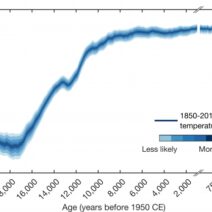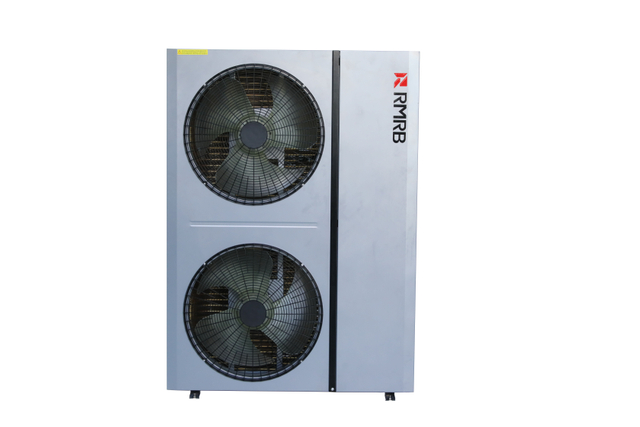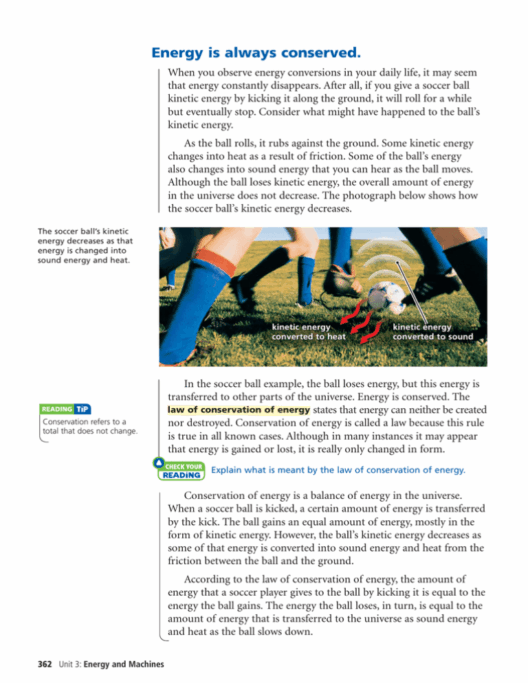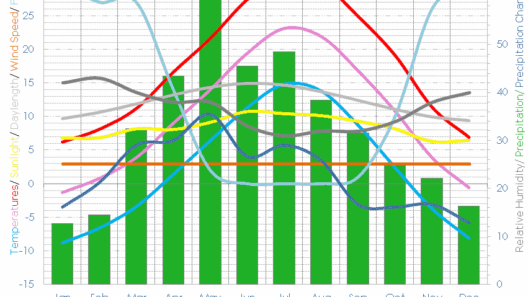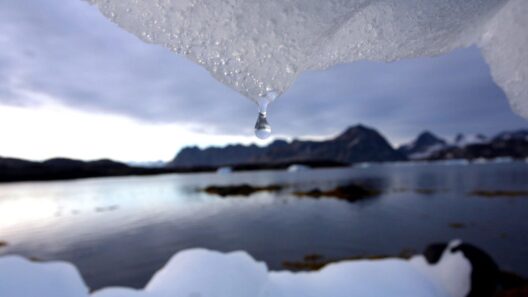In an age where climate change is pressing upon global consciousness, innovations directed towards sustainable living are paramount. Among these innovations, the cold climate heat pump stands out as a beacon of efficient indoor heating, particularly for residential dwellings situated in frigid environments. But what exactly is a cold climate heat pump, and how does it promise to revolutionize our approaches to home heating?
At its core, a cold climate heat pump (CCHP) functions on the principles of thermodynamics, utilizing ambient air as a source of heating even in the typically inhospitable conditions of winter. Unlike traditional heating systems that primarily rely on fossil fuels, CCHPs leverage electricity to transfer heat from the exterior environment into your home. This process not only underscores an era of reduced carbon emissions but also promotes an intelligent design in harnessing renewable energy sources.
The allure of cold climate heat pumps lies in their operational efficiency. Many contemporary CCHPs are designed to deliver substantial warmth with a coefficient of performance (COP) often exceeding 3.0 at outdoor temperatures as low as -15°F (-26°C). This means that for every unit of electricity consumed, the heat pump can produce three or more units of heat, making it an exceptional energy savior. This exceptional performance is achieved through advanced compressor technology, including variable-speed and inverter-driven systems that adjust the heating output according to outdoor temperatures.
Cold climate heat pumps are distinctly engineered to thrive in low-temperature environments. One of the breakthroughs in their design is the incorporation of specialized refrigerants that maintain efficiency at lower temperatures than traditional refrigerants. Furthermore, many CCHPs feature enhanced defrosting cycles, which combat the ice build-up that can occur in frigid conditions, drastically improving reliability and performance during the coldest months.
Safety is another paramount concern when it comes to heating solutions. CCHPs eliminate the risks associated with combustion-based heating systems, such as carbon monoxide leakage or gas explosions. By relying solely on electricity, these systems mitigate dangers and offer a consumer-friendly alternative for those sensitive to traditional combustion pollens. Moreover, modern CCHPs come equipped with smart thermostatic controls, providing consumers with the ability to monitor and regulate their heating systems remotely. This technological integration enhances both comfort and efficiency, as homeowners can avoid excessive energy consumption when they are away from home.
One might ponder, what about the cost? Initial investment in a cold climate heat pump can indeed be higher than traditional heating methods. However, the long-term savings on energy bills can be substantial. The efficiency of CCHPs not only translates into lower monthly heating costs but also positions them favorably when it comes to federal tax credits and energy efficiency rebates that many government programs offer.
Moreover, the environmental implications are noteworthy. Transitioning from fossil fuel-based heating systems reduces reliance on nonrenewable energy sources, which contributes to lower greenhouse gas emissions. This reduction is critical, particularly in urban areas where pollution levels are soaring. CCHPs operate on electricity, and when powered by renewable energy sources, they’re capable of becoming virtually zero-emission heating systems. Thus, they not only render homes more comfortable but also play an essential role in combating climate change.
Additionally, the adaptability of cold climate heat pumps is substantial. They can be employed as standalone heating systems, combined with existing HVAC systems, or even integrated as part of a larger geothermal installation. Their versatility means they can be customized to fit the needs of virtually any dwelling, from single-family homes to multi-unit apartment complexes.
However, it is important for homeowners to consider local climate conditions and consult professionals who specialize in CCHPs. Proper sizing and installation are vital for optimizing performance. A heat pump not correctly suited for the home can lead to inefficiency and dissatisfaction, nullifying the benefits that these systems can offer. Challenges such as zoning and distribution of hot air may also require thoughtful consideration during installation, ensuring that homes reach and maintain optimal comfort levels.
Despite their myriad advantages, the promotion of cold climate heat pumps is still in its infancy in some regions. Raising awareness about their operational efficiencies and environmental benefits is crucial for influencing change in traditional heating practices. Community-driven initiatives and educational campaigns can play a pivotal role in shifting public perception, leading to a broader acceptance and implementation of this innovative technology.
Ultimately, the cold climate heat pump is not merely a heating solution; it represents a paradigm shift in how we think about comfort in our homes against the backdrop of a changing climate. With the potential to enhance energy efficiency and contribute to the global effort against climate change, the CCHP stands at the forefront of sustainable living. Each home equipped with a CCHP is a step towards a future where energy conservation and resource management are the norm—not the exception.
As the world progresses and faces escalating environmental challenges, embracing efficient technologies like cold climate heat pumps becomes imperative. They hold the promise of not just warmth in our homes during chilly nights but also a sustainable approach to an ever-evolving ecological narrative.


